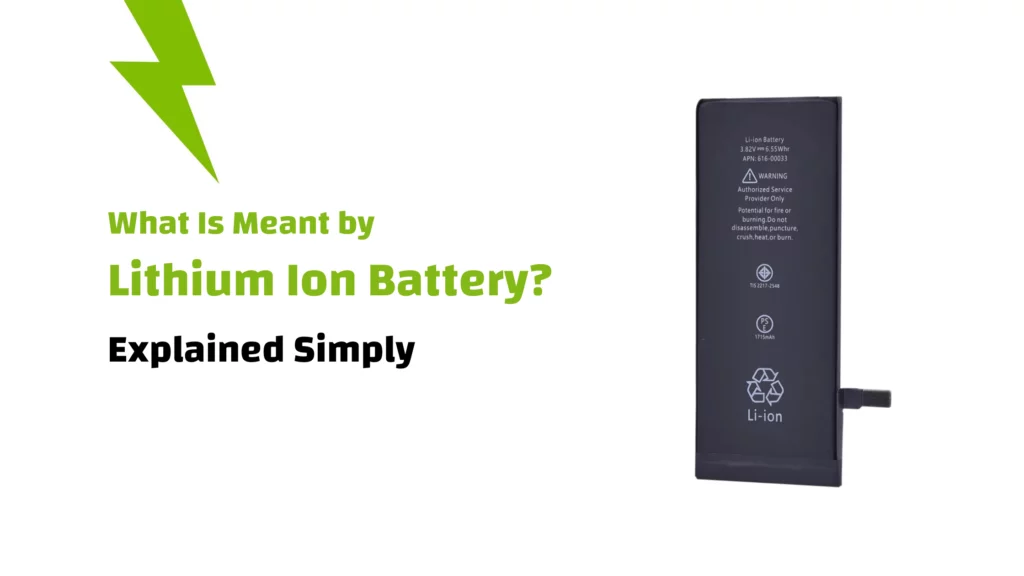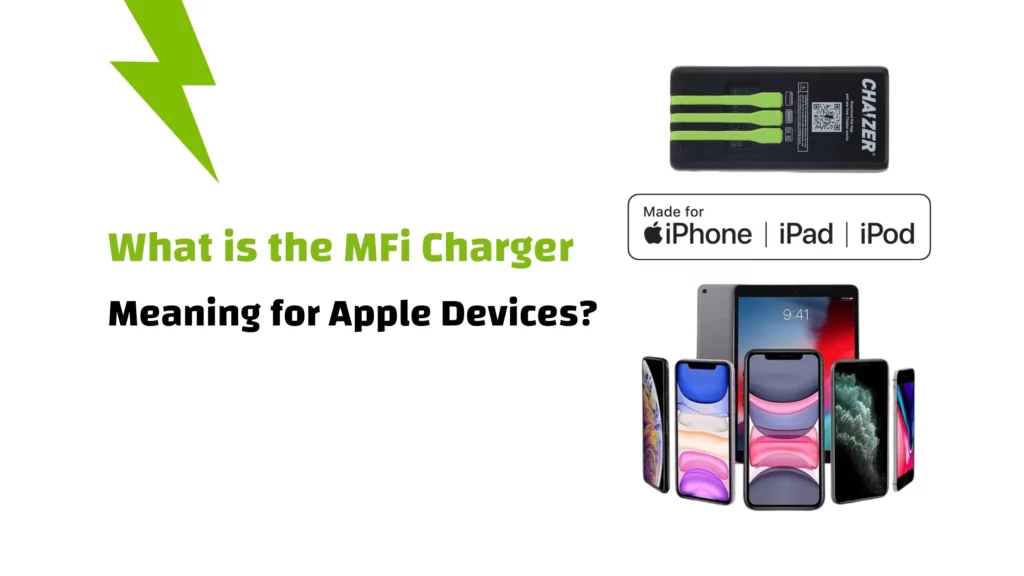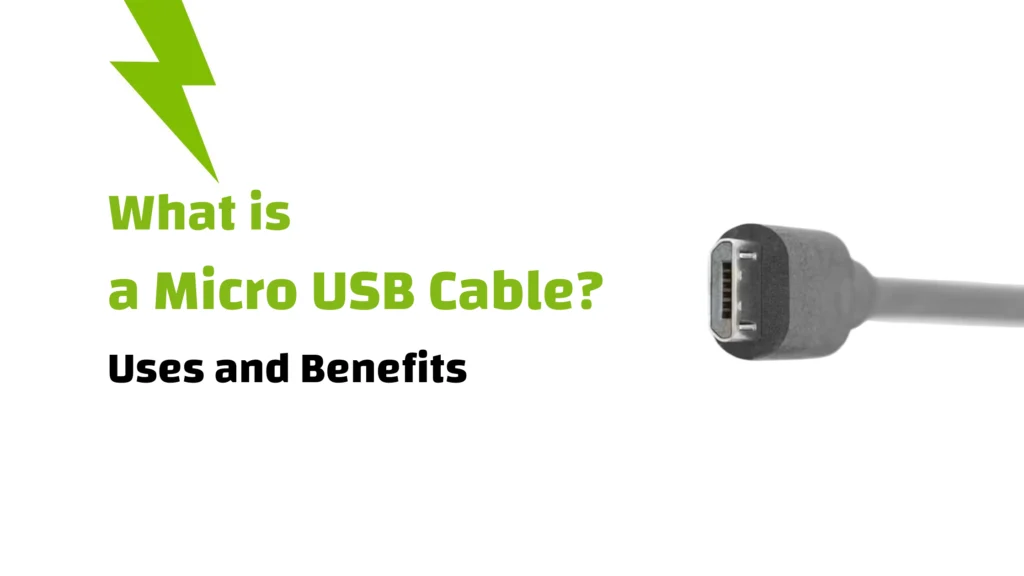Ever stopped to wonder what’s powering your phone, laptop, or even your portable charger during a busy day?
Chances are, it’s a lithium ion battery, the compact yet powerful technology behind most of our essential devices.
➡ In this article:
We’ll break down exactly what a lithium ion battery is, how it works, and why it has become the go-to energy source for modern electronics.
From its internal structure to its everyday advantages—and even a few things you should watch out for—you’ll gain a better understanding of the battery that quietly keeps your world running.
Whether you’re a tech enthusiast or just curious about what keeps your phone alive, this guide is your go-to resource.
1. What Exactly Is a Lithium Ion Battery?
Let’s keep it simple:
Remember those old toy planes, police cars, or ambulances we played with as kids? They needed regular batteries to run, right?

A lithium ion battery works in a similar way—but for your smartphone, tablet, laptop, and just about every modern gadget you use daily.
The big difference?
Lithium ion batteries are rechargeable, and they’re a major upgrade from the older types of batteries many of us grew up with.
While traditional batteries often used heavy materials like nickel and cadmium—leading to bulkier designs and shorter lifespans—lithium ion batteries changed the concept.
They’re lighter, more powerful, and last significantly longer, making them the top choice for today’s tech.
We’ll explore how they work and why they’re so efficient in the next sections.
2. What Are the Main Parts of a Lithium Ion Battery?
There are seven key components inside a lithium ion battery:
- Lithium ions
- Electrons
- Anode
- Cathode
- Electrolyte
- Separator
- Battery casing
Feeling like you’ve just read a chemistry spell? 😅
Don’t worry, we’ll break it down in two parts: a quick scientific explanation, and then a fun, easy-to-understand example.
The Scientific View (Real Quick):
Lithium ion batteries work by moving lithium ions back and forth between two electrodes.
When charging: lithium ions move from the cathode (positive) to the anode (negative) through a chemical medium called an electrolyte.
When in use: the ions move back to the cathode, and this movement generates electrical energy—powering your device.
Simple enough? Let’s make it even easier.
The Football Field Analogy:
Imagine a lithium ion battery as a football field, and let’s say the team has a training session going on.
Here’s how the components work together:
- Lithium ions = The players
- Electrons = The ball
- Anode = Left side of the field
- Cathode = Right side of the field
- Electrolyte = The grass—this is what allows players (ions) to move freely between both sides
- Separator = The halfway line—keeps the two sides apart, but still lets players run across it
- Battery casing = The walls of the stadium, keeping everything safe inside
All of these parts play as one team.
When the battery charges or discharges, it’s like the players are running drills across the field—back and forth—keeping the game (and your phone) running smoothly.
So what happens when the game starts, and how does it turn into real power?
Let’s find out in the next section 👇
3. How Does a Lithium Ion Battery Work?
Let’s go back to our football field—because the game is about to begin!😁
-
Charging: Prepping for the Game
Think of charging your device as prepping the players for their training session.
When you plug in your charger, lithium ions (the players) move from the cathode (right side of the field) to the anode (left side), crossing the electrolyte field and getting into position.
They’re not playing yet, but they’re ready and waiting.
-
Discharging: The Match Begins
Once you start using your device, boom! The match begins.
The ions rush back from the anode to the cathode, creating a flow of electrons (the ball) through the circuit.
This movement is what powers your phone, laptop, or power bank in real time.
-
Battery Lifespan:
Every charge/discharge cycle is like playing a full match.
Over time, players get tired, just like batteries lose some of their efficiency after hundreds (or even thousands) of cycles.
But a good lithium ion battery still lasts for years before it needs replacing.
-
Built-In Safety:
Of course, every match needs a referee, and your battery has a few of its own.
It comes with built-in safety systems that prevent overcharging, overheating, and deep discharge.
The separator (that midfield line) ensures the anode and cathode don’t collide, avoiding short circuits.
You may be interested in:
Why Is My Portable Charger Not Working? 5 Fixes to Try Immediately
4. Why Are Lithium Ion Batteries So Popular?
Lithium ion batteries have completely transformed how we power our lives.
But what exactly makes them so special?
Here’s what sets them apart:
Need to leave the house in a hurry but your phone is at 10%?
A lithium ion battery can give your device a quick power boost in no time, perfect for those last-minute moments.
-
Long Battery Lifespan
These batteries can handle hundreds of charge and discharge cycles while still performing efficiently.
That means you’ll get more life out of your device before needing a replacement.
-
High Energy Density
They can store a lot of energy in a small space.
Translation? Your phone stays slim and light, but still runs all day without running out of juice.
-
Lightweight
Because they’re light, lithium ion batteries are ideal for portable gadgets. Less bulk, more freedom.
-
Built-In Safety
Worried about overheating or overcharging?
No need, these batteries come with smart safety features that help protect your devices and ensure stable performance.
5. Where Are Lithium Ion Batteries Used?
They’re not just for smartphones. Lithium ion batteries power a wide range of devices you use every day.
- Smartphones and tablets – Your everyday lifeline.
- Laptops – For work, study, or entertainment on the go.
- Power banks – Portable chargers that keep your devices alive.
- Medical devices – From hearing aids to portable monitors.
- Smart home gadgets – Think wireless cameras, smart locks, and more.
- Electric vehicles – Yep, they power the engines of the future.
From your pocket to your home, lithium ion batteries are behind the scenes, making modern life possible… quietly, efficiently, and reliably.
You may be interested in:
Best Mini Portable Charger for iPhone & Android
6. Challenges of Lithium Ion Batteries
While lithium ion batteries offer impressive advantages, they’re not without a few downsides.
Here are some key challenges you should be aware of:
-
Safety Concerns
These batteries can be sensitive to heat.
If mishandled—like using uncertified chargers or exposing them to high temperatures—they may become damaged, and in rare cases, even catch fire.
In this regard, you may be interested in:
How to Prevent a Power Bank Explosion? Key Warning Signs
That’s why it’s always smart to use trusted, certified chargers like Chaizer, designed with safety in mind.
-
Higher Production Costs
Building lithium ion batteries isn’t cheap.
They require rare materials and advanced manufacturing, which means they typically cost more than older battery types.
That added cost can reflect in the price of the devices they power.
-
Environmental Impact
Mining lithium and producing batteries can strain the environment.
While recycling helps, the process is still far from perfect, and proper disposal is often overlooked.
The takeaway?
Yes, lithium-ion batteries have their drawbacks, but when used correctly, their benefits far outweigh the challenges.
Understanding how to charge and handle them properly helps extend their life, keep you safe, and reduce environmental impact.
7. Summary
In a very brief way, and through the following table, here’s a quick overview of the various aspects of lithium-ion batteries we’ve reviewed:
Category |
Details |
| Advantages | – Fast charging – Long battery lifespan – High energy efficiency – Lightweight – Reliable safety features |
| Uses | – Smartphones – Laptops – Tablets – Electric vehicles – Medical devices – Smart home electronics |
| Challenges | – Heat-related safety risks – Higher production costs – Environmental impact of lithium extraction |
So next time you charge your phone, remember what we started with:
The lithium ion battery is a key reason your tech keeps up with your life.




